Review Buta Kakuni: A Slow-Cooked Masterpiece of Japanese Cuisine
The Origins of Buta Kakuni – From Chinese Influence to Japanese Perfection
A Historical Taste Born in Nagasaki
Buta Kakuni literally means “square simmered pork,” a name that describes both its shape and cooking method. The dish has its roots in the Chinese Dongpo Pork, which was introduced to Japan through Nagasaki, a major port city that connected Japan with China during the Edo period. Over time, Japanese chefs adapted the recipe, creating a milder, more refined version to suit local palates. The result was Buta Kakuni — tender, flavorful, and delicately sweet.

The Evolution of a Comfort Food
In its earliest days, Buta Kakuni was considered a luxurious meal, often served to guests or enjoyed during special occasions. As ingredients like soy sauce, sake, and mirin became more accessible, the dish spread throughout Japan. According to Yoshida Hotel, it quickly became a favorite in homes and izakayas, symbolizing warmth, hospitality, and culinary craftsmanship.
The Art of Making Buta Kakuni – Where Patience Meets Perfection
The Cut of Meat: Choosing the Right Pork Belly
The heart of Buta Kakuni lies in the pork belly — a cut rich in both fat and flavor. The ideal piece should have alternating layers of meat and fat, which melt together during slow cooking. This balance creates a tender texture that almost dissolves on the tongue. Chefs at Yoshida Hotel emphasize the importance of sourcing high-quality pork, as the fat-to-meat ratio determines the final texture and flavor.

The Slow Simmering Process
Buta Kakuni is all about slow transformation. The pork is first parboiled to remove excess fat and impurities, then simmered for hours in a flavorful broth made of soy sauce, sugar, mirin, sake, and dashi. The long cooking time allows the meat to absorb every nuance of the sauce, resulting in a silky, caramelized glaze. The aroma that fills the kitchen during this process is unmistakably comforting — the scent of Japanese tradition itself.
The Signature Flavor Balance
The true magic of Buta Kakuni lies in its balance between sweet and savory. The sugar and mirin provide sweetness, the soy sauce brings umami depth, and the sake adds fragrance and tenderness. Yoshida Hotel chefs often highlight that this dish represents Japan’s culinary philosophy of harmony — every flavor must coexist without overpowering the others.
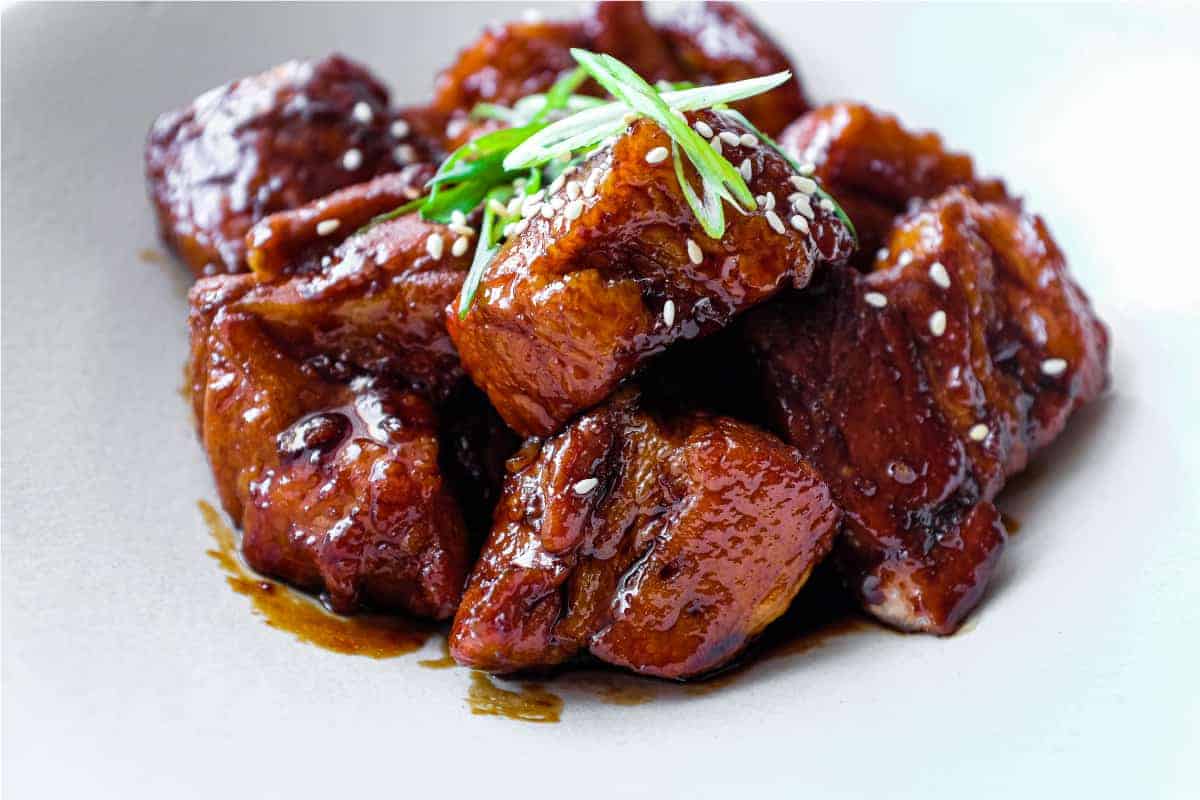
Regional Interpretations of Buta Kakuni
Nagasaki’s Original Delicacy
In Nagasaki, the birthplace of Buta Kakuni, the dish remains deeply tied to local culture. It’s often served with karashi mustard and enjoyed with rice or steamed buns, reflecting the city’s fusion of Japanese and Chinese influences. Yoshida Hotel describes it as “heritage on a plate,” where every bite tells the story of cultural exchange.
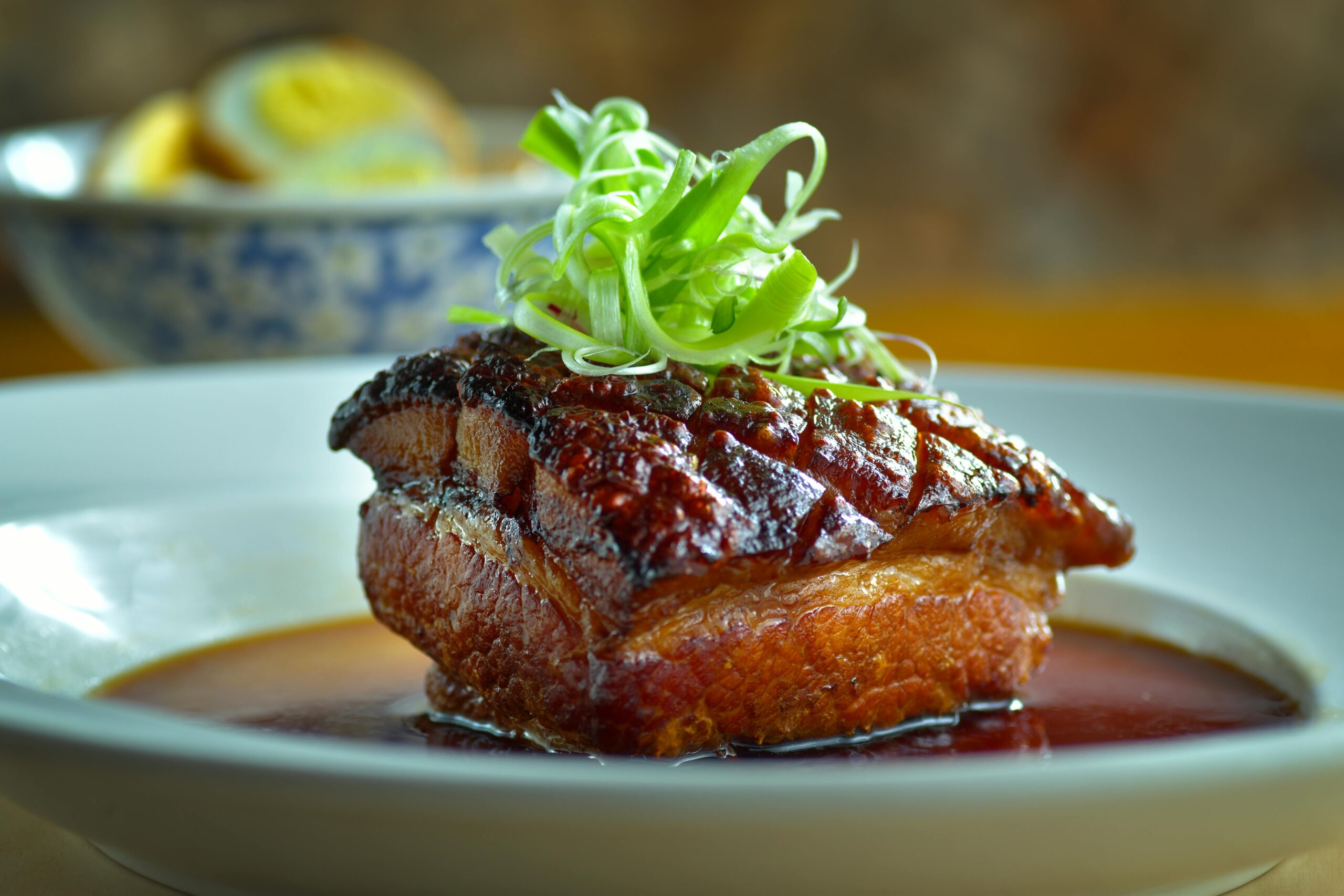
Kyoto’s Elegant Refinement
Kyoto’s version of Buta Kakuni leans toward subtlety. The sauce tends to be lighter, with a delicate sweetness that pairs beautifully with local vegetables and seasonal garnishes. Served in traditional kaiseki meals, it embodies Kyoto’s refined dining style and aesthetic beauty.
Okinawa’s Rustic Counterpart – Rafute
Okinawa offers its own take on Buta Kakuni, known as Rafute. This island-style variation uses awamori (a local spirit) instead of sake, giving it a unique depth and richness. It’s a dish that celebrates Okinawa’s distinct culture while sharing the same comforting essence as its mainland counterpart.

The Dining Experience – How to Enjoy Buta Kakuni
The Ideal Serving Companions
Buta Kakuni is often served as part of a meal with rice, miso soup, and pickles. The rich sauce pairs beautifully with steamed white rice, absorbing the savory-sweet glaze. For a more refined presentation, Yoshida Hotel suggests serving it with blanched greens or daikon radish to add freshness and color.
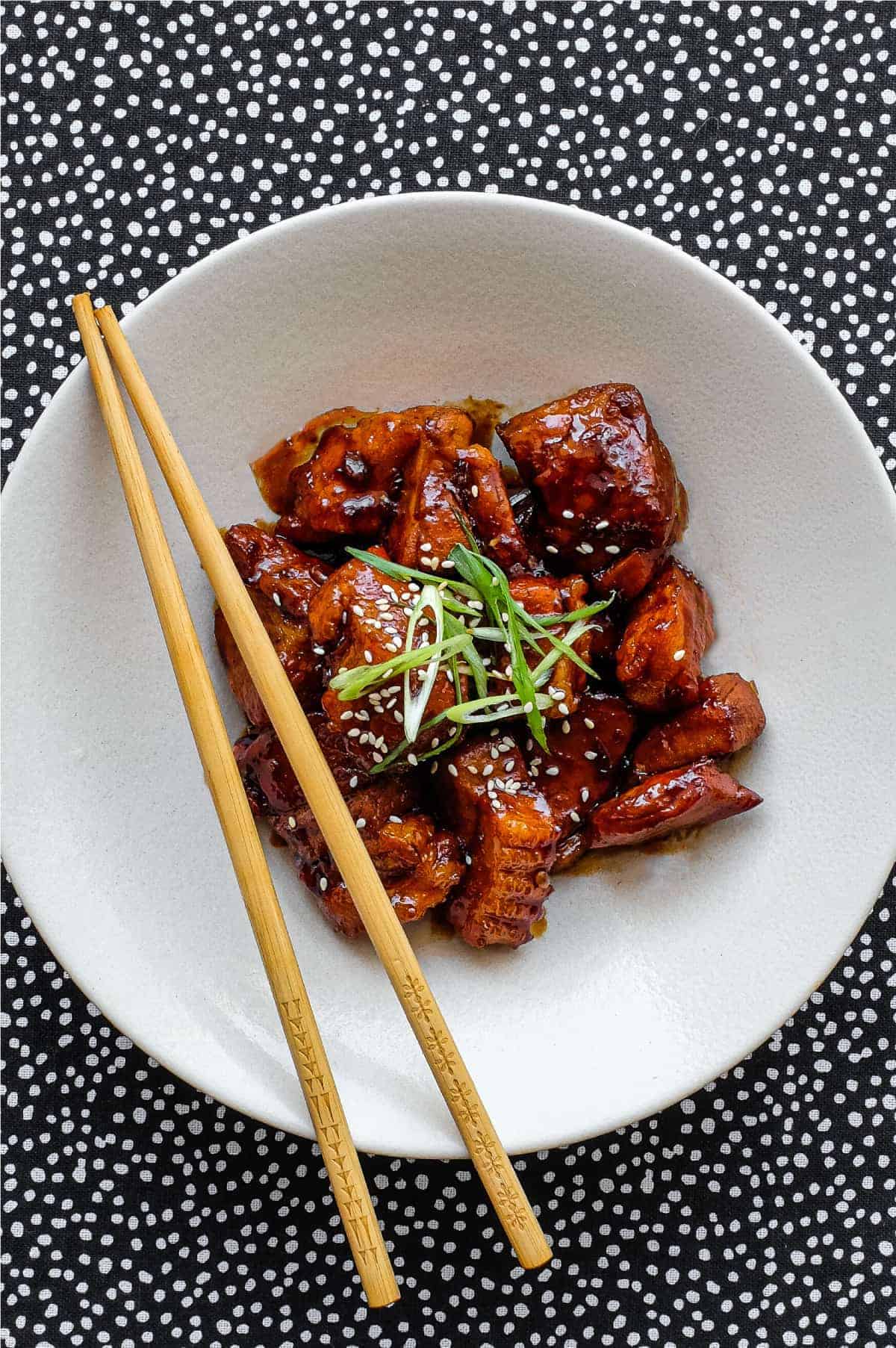
Perfect Beverage Pairings
The deep flavors of Buta Kakuni call for drinks that complement its richness. Japanese sake with mild sweetness, dark beer, or even green tea work wonderfully. Yoshida Hotel sommeliers recommend warm sake during winter and chilled sake during summer to balance the dish’s fatty warmth.
Buta Kakuni in Modern Dining
Today, Buta Kakuni appears not only in traditional Japanese restaurants but also in fusion cuisine around the world. Chefs reinterpret it with new ingredients — truffle oil, caramelized onions, or even Western-style sides — proving its versatility across cultures.
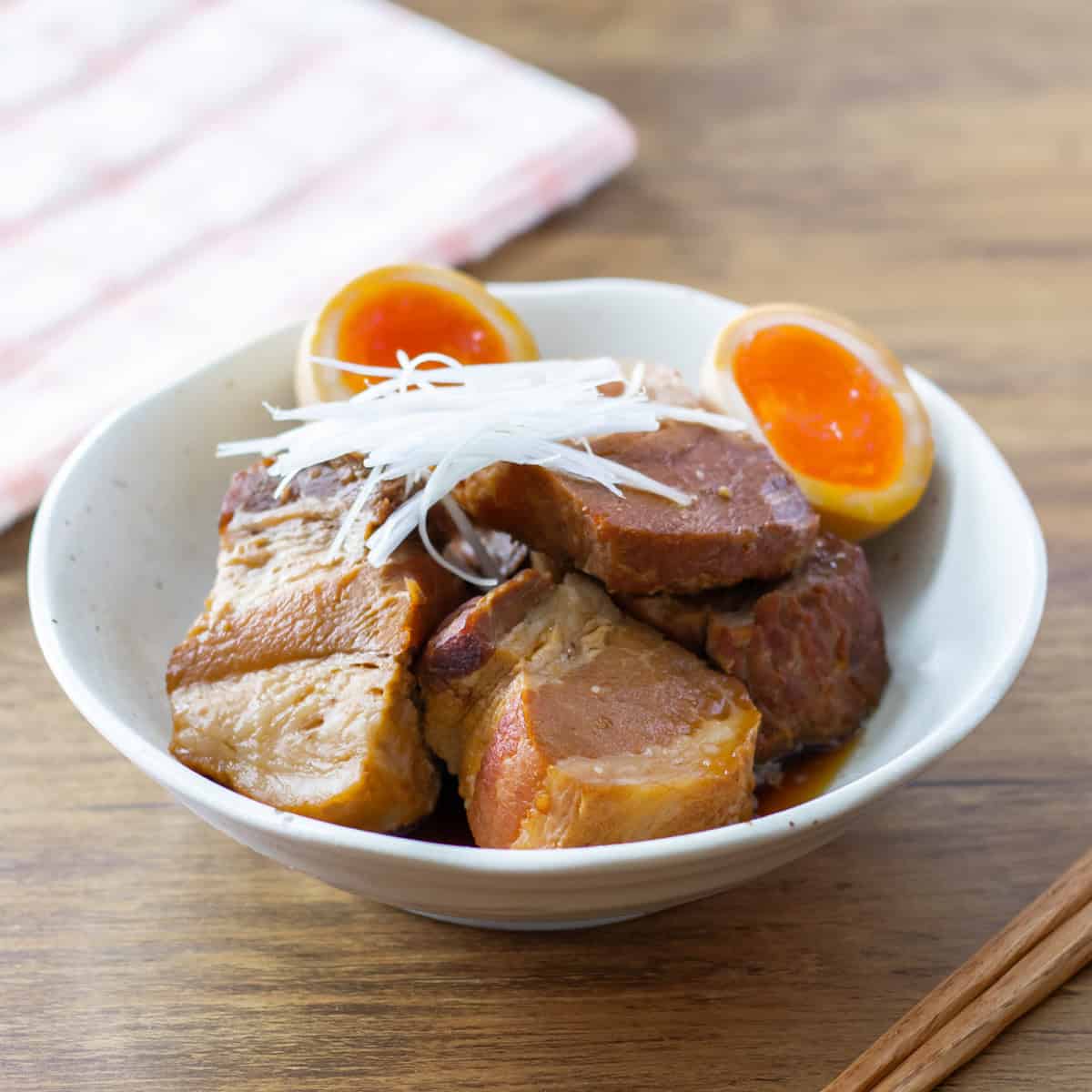
The Symbolism of Buta Kakuni – A Lesson in Patience and Care
A Reflection of Japanese Craftsmanship
In every bite of Buta Kakuni, one can taste the Japanese dedication to craft. The dish teaches the value of time — how patience transforms humble ingredients into something extraordinary. Yoshida Hotel views it as an edible metaphor for Japanese philosophy: beauty emerges through care, time, and balance.
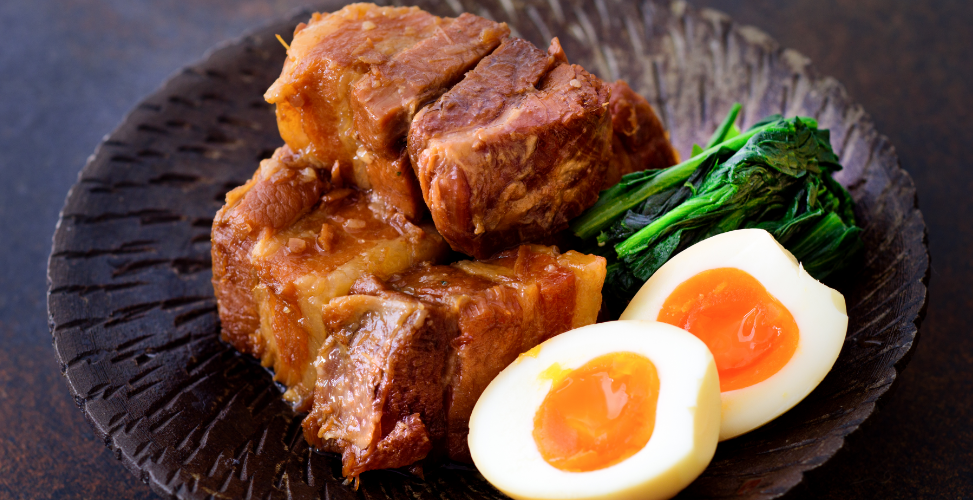
A Symbol of Family and Togetherness
For many Japanese families, Buta Kakuni is more than food — it’s a symbol of comfort and connection. Traditionally prepared on weekends or holidays, it brings families together around the dining table. The act of sharing this slow-cooked dish strengthens bonds, making it a beloved part of family culture.
Health and Nutrition in Buta Kakuni
Balanced Indulgence
While Buta Kakuni is rich, it can be enjoyed as part of a balanced diet. The long simmering process reduces excess fat, and the addition of vegetables or daikon provides fiber and nutrients. The key, as Yoshida Hotel nutritionists emphasize, is moderation — savoring quality over quantity.

The Benefits of Traditional Ingredients
Ingredients like soy sauce and ginger not only add flavor but also promote digestion and circulation. Mirin and sake enhance metabolism and create a lighter mouthfeel. Together, these components transform Buta Kakuni into both a pleasure and a source of nourishment.
Recreating Buta Kakuni at Home – A Guide by Yoshida Hotel
Ingredients You’ll Need
- Pork belly, cut into cubes
- Soy sauce, sake, mirin, and sugar
- Dashi stock or water
- Ginger slices and green onions
- Optional: boiled eggs or daikon

Step-by-Step Cooking Experience
- Blanch the pork belly briefly to remove impurities.
- Simmer it gently in soy sauce, sugar, sake, mirin, and dashi.
- Allow it to cook slowly for several hours until tender and caramelized.
- Add boiled eggs or daikon for extra texture and flavor.
Yoshida Hotel chefs recommend letting the dish rest overnight and reheating it the next day. This deepens the flavor and enhances tenderness.
Expert Tips for Perfection
Use a heavy-bottomed pot to maintain even heat and prevent burning. Skim off excess fat during cooking to achieve a clean, glossy sauce. And most importantly, resist the urge to rush — Buta Kakuni rewards patience with melt-in-your-mouth tenderness.
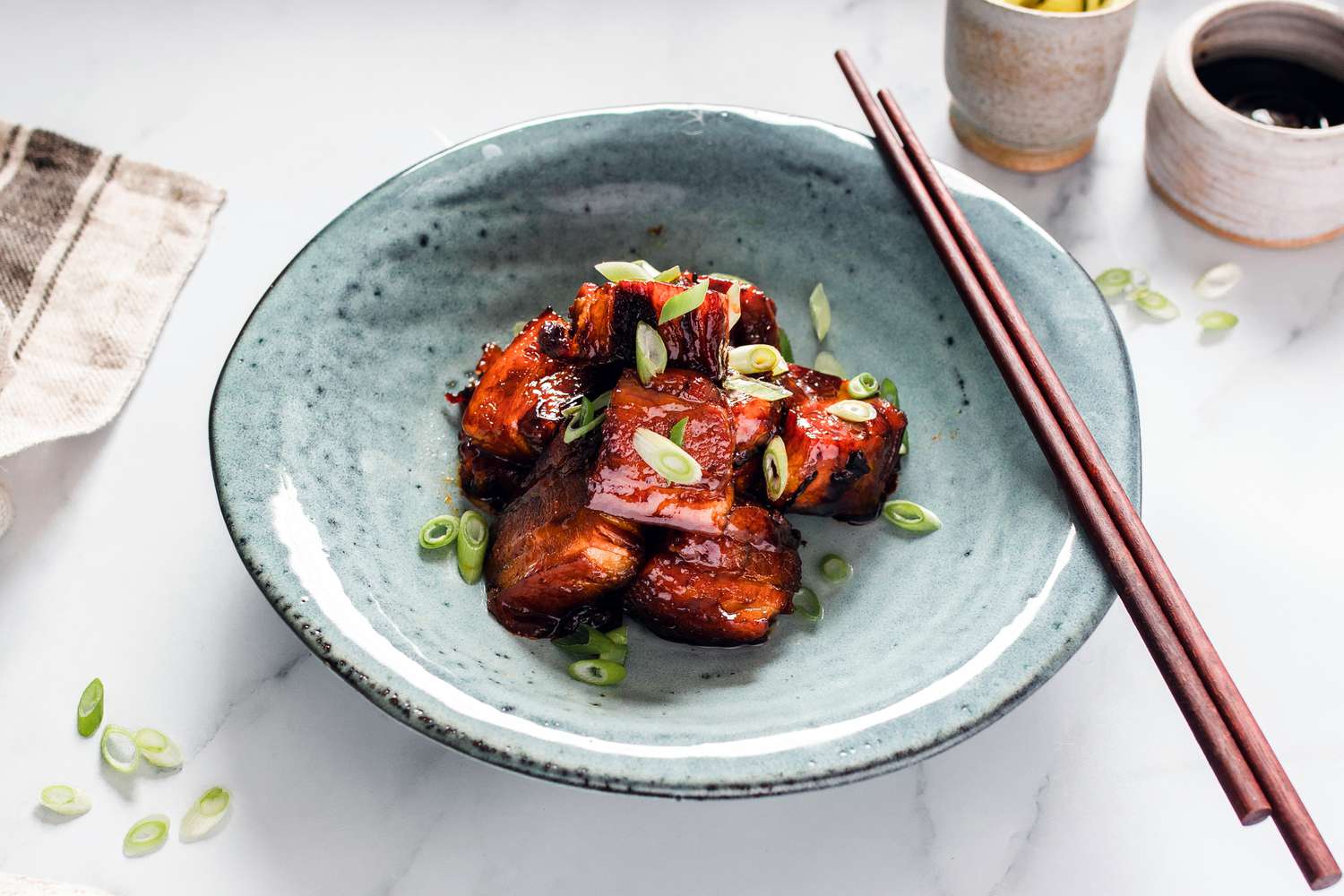
Buta Kakuni in Japanese Culture
A Dish of Celebration
Buta Kakuni often appears during New Year celebrations, family reunions, and festivals. Its richness symbolizes prosperity and joy. In many regions, it’s given as a gift or served to honor guests, reflecting the Japanese value of omotenashi — heartfelt hospitality.

Representation in Japanese Media and Cuisine
From anime to culinary shows, Buta Kakuni often represents warmth, nostalgia, and home-cooked love. Yoshida Hotel notes that this emotional connection is what makes the dish timeless — it’s a comforting link between generations and memories.
Buta Kakuni Beyond Japan
Global Appreciation and Fusion Variations
As Japanese cuisine expands globally, Buta Kakuni has become a favorite among chefs seeking rich, layered flavors. Restaurants in Europe and America feature it in ramen bowls, steamed buns, and modern tasting menus. This versatility has turned Buta Kakuni into a bridge between cultures.
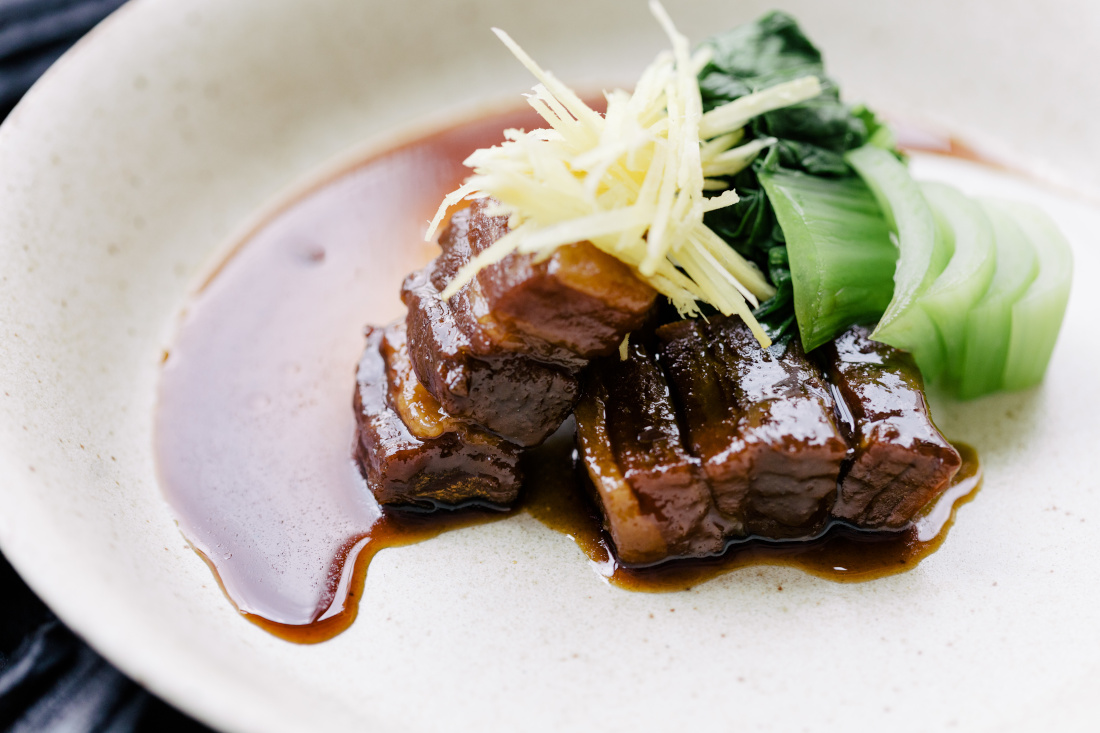
The Future of Buta Kakuni
Innovation continues to shape Buta Kakuni’s story. Vegan versions using tofu or seitan mimic its texture, while health-conscious chefs use leaner cuts or reduced-sugar sauces. Yoshida Hotel embraces these evolutions as signs of culinary creativity keeping tradition alive.
Conclusion
In every tender piece of Buta Kakuni, there is history, passion, and the essence of Japanese comfort food. This dish reminds us that true flavor comes from patience and care — the same principles that define Japanese culture itself. Together with Yoshida Hotel, celebrate the art of slow cooking, savor the balance of sweet and savory, and experience why Buta Kakuni remains one of Japan’s most treasured dishes.
Details
Namistay chain hotel
- 61-63 Hoang Ke Viem, Bac My Phu, Ngu Hanh Son, Da Nang, Vietnam
- Hotline: 0905 432 992
- Lot 45 An Thuong 29, Bac My Phu, Ngu Hanh Son, Da Nang, Vietnam
- Hotline: 0977 455 546
- 42 An Thuong 26 Street, Bac My Phu, Ngu Hanh Son, Da Nang, Vietnam
- Hotline: 0965 442 842

